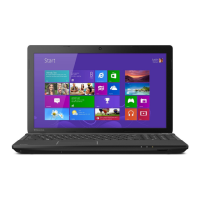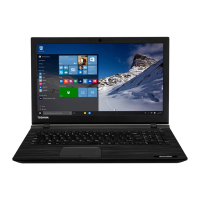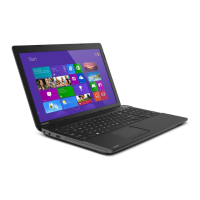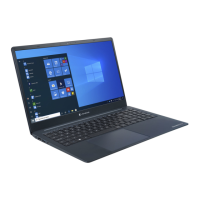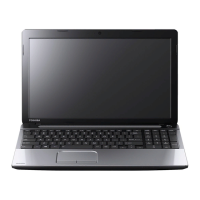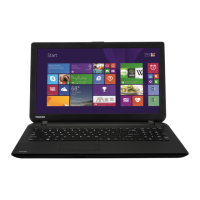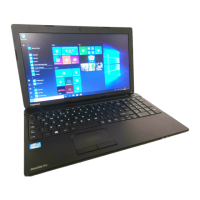keyboard light How can start

keyboard light How can start
| Form factor | Clamshell |
|---|---|
| Product type | Laptop |
| Product color | White |
| Housing material | Acrylonitrile butadiene styrene (ABS) |
| Processor cache | 2 MB |
| Processor cores | 4 |
| Processor model | A4-7210 |
| Processor family | AMD A4 |
| Processor socket | Socket FP4 |
| Processor codename | Carrizo-L |
| Processor frequency | 1.8 GHz |
| Processor cache type | L2 |
| Processor lithography | 28 nm |
| Processor manufacturer | AMD |
| Processor boost frequency | 2.2 GHz |
| Processor operating modes | 64-bit |
| Thermal Design Power (TDP) | 25 W |
| Configurable TDP-down frequency | 0.4 GHz |
| Maximum number of PCI Express lanes | 0 |
| Number of Processing Die Transistors | 930 M |
| Memory slots | 2x SO-DIMM |
| Internal memory | 4 GB |
| Memory clock speed | 1600 MHz |
| Memory form factor | SO-DIMM |
| Internal memory type | DDR3L-SDRAM |
| Maximum internal memory | 16 GB |
| Memory layout (slots x size) | 1 x 4 GB |
| SSD capacity | The Solid State Drive's storage capacity in Gigabytes. |
| SSD interface | Micro SATA III |
| Storage media | SSD |
| SSD form factor | 2.5\ |
| Optical drive type | No |
| Card reader integrated | Yes |
| Total storage capacity | 128 GB |
| Compatible memory cards | MMC, SD, SDHC, SDXC |
| Number of SSDs installed | 1 |
| Display diagonal | 15.6 \ |
| Display resolution | 1366 x 768 pixels |
| Native aspect ratio | 16:9 |
| Power adapter depth | 51 mm |
| Power adapter width | 127 mm |
| Power adapter height | 30.5 mm |
| On-board graphics card model | AMD Radeon R3 |
| 3G standards | Not supported |
| Wi-Fi standards | 802.11b, 802.11g, Wi-Fi 4 (802.11n) |
| Bluetooth version | 4.0 |
| Wi-Fi data rate (max) | 150 Mbit/s |
| Ethernet LAN data rates | 10, 100 Mbit/s |
| USB 2.0 ports quantity | USB 2.0 ports have a data transmission speed of 480 Mbps, and are backwards compatible with USB 1.1 ports. You can connect all kinds of peripheral devices to them. |
| USB 3.2 Gen 1 (3.1 Gen 1) Type-A ports quantity | 2 |
| Keyboard layout | QWERTZ |
| Pointing device | Touchpad |
| Keyboard number of keys | 102 |
| Trial software | McAfee LiveSafe, Microsoft Office |
| Bundled software | Cyberlink Power Media Player 12, Evernote. |
| Operating system installed | Windows 8.1 |
| Battery life (max) | 6.5 h |
| AC adapter frequency | 50 Hz |
| AC adapter input voltage | 100 - 240 V |
| AC adapter output current | 2.37 A |
| AC adapter output voltage | 19 V |
| Password protection type | HDD, Supervisor, User |
| Sustainability certificates | ENERGY STAR |
| Operating altitude | -60 - 3000 m |
| Non-operating altitude | -60 - 10000 m |
| Operating temperature (T-T) | 5 - 35 °C |
| Non-operating relative humidity (non-condensing) | 20 - 80 % |
| Depth | 259 mm |
|---|---|
| Width | 380 mm |
| Height | 23.5 mm |
| Weight | 1950 g |
Legal information regarding copyright, disclaimers, and trademarks.
Details on FCC, CE compliance, and other regulatory notices.
Information on the ENERGY STAR program and energy efficiency.
Instructions for environmentally responsible disposal of the product.
Basic steps and guidance for initial computer setup and operation.
Instructions on how to connect the AC adapter for power and charging.
Steps to power on the computer for the first time.
Procedures for shutting down, sleeping, or hibernating the computer.
Identification of ports and connectors on the left side of the computer.
Identification of ports and connectors on the right side of the computer.
Detailed description of the computer's internal hardware components.
Instructions and gestures for using the computer's touchpad.
Information on keyboard layout, keys, and indicators.
Explanation of battery types, usage, charging, and maintenance.
Instructions for connecting to a Local Area Network (LAN).
Guide on installing and removing additional memory modules.
How to connect and configure external displays.
Overview of pre-installed utilities and applications for computer management.
Utility for setting and managing user and supervisor passwords.
Configuration tool for customizing computer hardware and system settings.
Procedures for creating recovery media and restoring system software.
Guidelines and steps for effectively troubleshooting computer problems.
Methods and questions to help identify the root cause of computer malfunctions.
Solutions for common issues like unresponsive keyboard or program freezes.
Troubleshooting steps for battery-related power issues.
Troubleshooting steps for hard disk drive issues like boot failures or slow performance.
Guidance on how to contact TOSHIBA support for technical assistance.
Summary of the computer's technical specifications and requirements.
Details on wireless technology interoperability and health considerations.
Explanations and legal notes related to various computer components and features.
